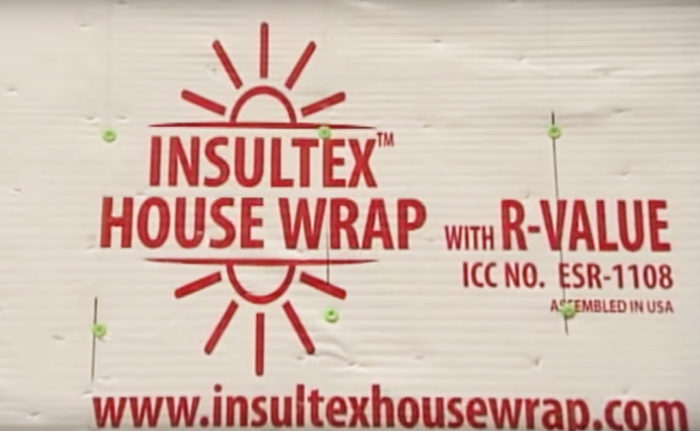
Here at GBA, we received our first inquiry concerning Insultex housewrap on July 31, 2015, when Marcus Sheffer questioned the validity of Insultex’s R-value claims.
Insultex is a plastic housewrap distributed by Innovative Designs of Pittsburgh, Pennsylvania. The company offers two versions of its housewrap, at a price that is from two to nine times higher than the price of ordinary housewrap. One version is 1 mm (0.0384 inch) thick; according to Innovative Designs, this product has an R-rating of R-3. That’s R-78 per inch.
The second version is 1.5 mm (0.0576 inch) thick; according to Innovative Designs, this product has an R-rating of R-6. That’s R-104 per inch.
The Insultex document that includes these outrageous claims, titled “Insultex House Wrap R-3 and R-6,” is available for viewing online. (It’s also reproduced as Image #2, below.)
For years, Insultex has been sold at Home Depot and Lowe’s; both of these distributors repeated the outlandish R-value claims.
Responding to Marcus Sheffer’s inquiry on GBA last year, I wrote, “Unless you are talking about aerogels or vacuum insulated panels, the laws of physics limit the maximum R-value of a material to about R-5.6 per inch without encapsulated gas, or about R-7.5 per inch with encapsulated gas. … The R-value claims that Insultex is making for its product are preposterous. It’s a total fraud.”
On that same Q&A thread, a GBA reader named Jeff Cooper commented, “You’re the first anywhere online to give potential buyers of Insultex the understanding they need to avoid wasting their money by assuming that Insultex would have to be be legitimate because they would otherwise be exposed to too many legal perils, especially as their product becomes widely known by being sold at Home Depot and Lowe’s, among others.”
While it took only a cursory…
Weekly Newsletter
Get building science and energy efficiency advice, plus special offers, in your inbox.

This article is only available to GBA Prime Members
Sign up for a free trial and get instant access to this article as well as GBA’s complete library of premium articles and construction details.
Start Free TrialAlready a member? Log in





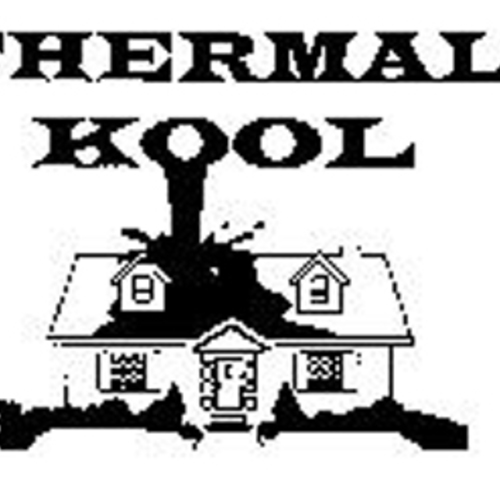
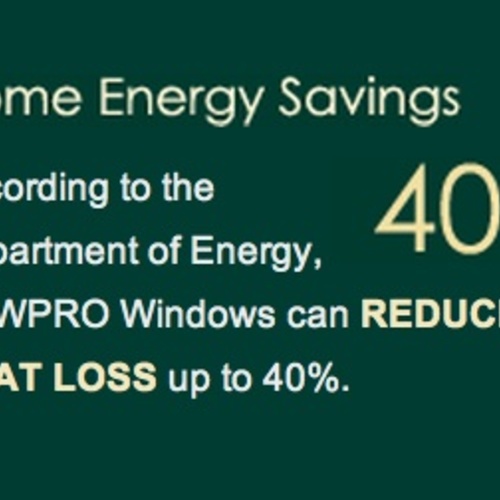
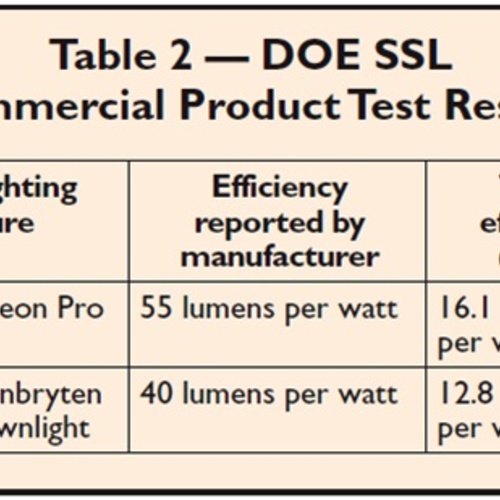
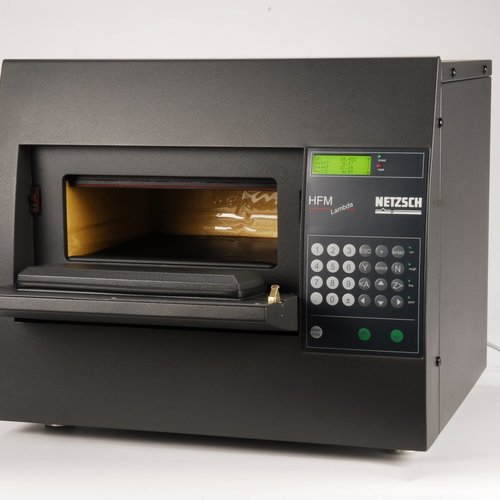






8 Comments
Pathetic and surprising
That big corporate players like the big boxes don't do even minimal due diligence on the crap they sell. I hope they get dragged into the lawsuits somehow.
Response to Dan Kolbert
Dan,
You're right. I have screen shots of the Home Depot and Lowe's web sites, proclaiming that Insultex has an R-value of R-3 or R-6.
.
Some quick web searching
Some quick web searching turns up this as the accrediting institution: http://www.pjlabs.com/, which appears to be legitimate, though the accreditation was only granted in February 2015. BRC Lab's LinkedIn profile lists their services as "veterinary," which is funny, though the owner, Bob Manni, has other appropriate specialties listed on his personal page.
Ex-insult
I'm glad to see the FTC doing good work. It's unfortunate that a company like Home Depot, big enough to have the clout to demand good testing from their suppliers, does not do so. But at least they are no longer insulting our intelligence by listing it in their online catalog.
I don't know how much the GBA thread on this sparked the FTC investigation, but I think that GBA, Martin, and all the readers who contributed to that discussion should be congratulated, and should celebrate with some low-R-value CO2-blown foam tonight.
Reflectix Insulation
Do you have any info on the Reflectix Insulation sold at Menards. Seems to make similar claims.
Reflectix
Chris, see Martin's blog on bubble foil here:
https://www.greenbuildingadvisor.com/blogs/dept/musings/stay-away-foil-faced-bubble-wrap
It's almost as worthless, but in some rare situations it can be part of a moderately effective assembly that has a higher R value than the R-value of the material itself, so there is room for weasel worded claims that can be considered correct, even though they are misleading. So it's a little harder to pin down as blatent fraud.
Even though it can make a meaningful contribution to insulation, there are always cheaper ways to provide better insulation, so it's never a good choice. Except for Halloween costumes.
Response to Michael Maines (Comment #3)
Michael,
Thanks for tracking down more information on the Rhode Island laboratory with a specialty in veterinary issues. I wonder if they have measured the R-value of dog or cat hair?
P.S. I'm not sure I agree with you that Perry Johnson Laboratory Accreditation, Inc. "appears to be legitimate." Just as it's possible to create a laboratory that looks legitimate (but isn't), it's also possible to create an accreditation organization that looks legitimate (but isn't).
This list of labs on the web site of a different accrediting organization (Keystone Certifications) is more aligned with my understanding of the legitimate labs working in this field: Thermal Insulation Certification Program Recognized Laboratories.
Response to Chris Andrews (Comment #5)
Chris,
Looking at the claims for Reflectix on the Menard's site (see screen shot below), the most problematic assertion is "R-values range from R-3.7 to R-21 depending on application."
These quoted R-values are assembly R-values, not product R-values. The high R-values quoted come from air spaces, plywood, and drywall, with only a minor contribution from the shiny foil on the Reflectix.
To me, I think it could be argued in court that this is a violation of the federal R-value Rule -- because Menard's is blurring the line between assembly R-values and material R-values.
.
Log in or become a member to post a comment.
Sign up Log in